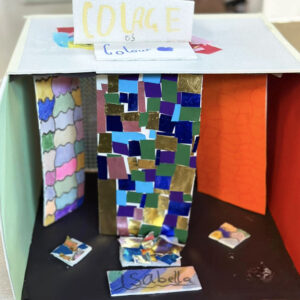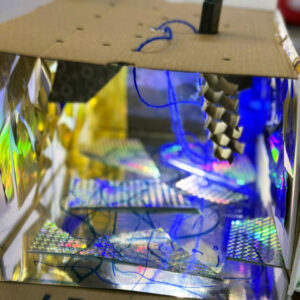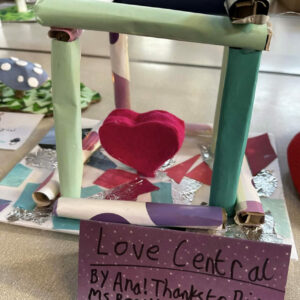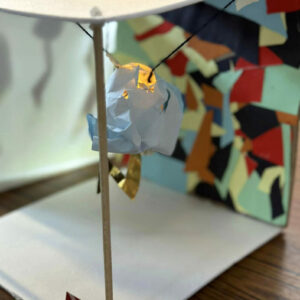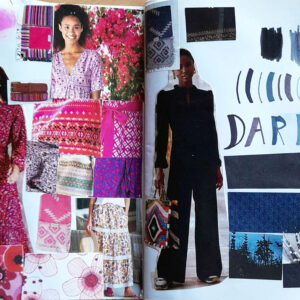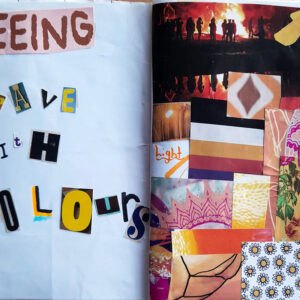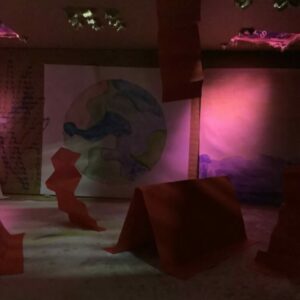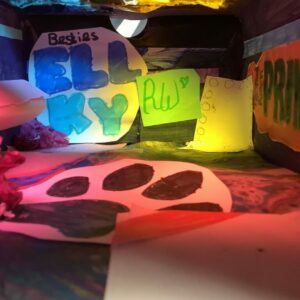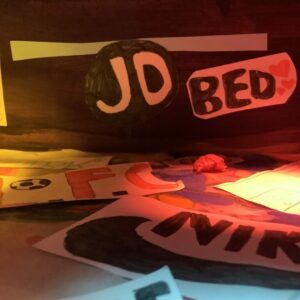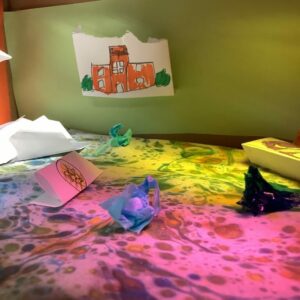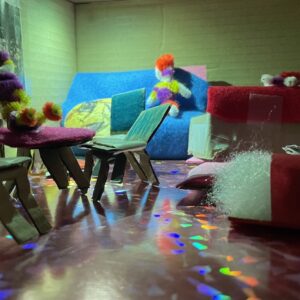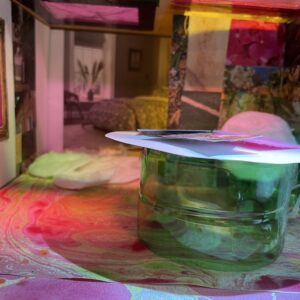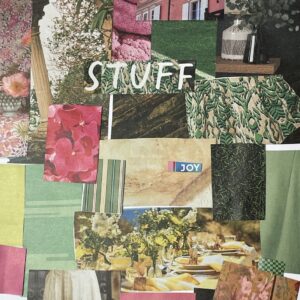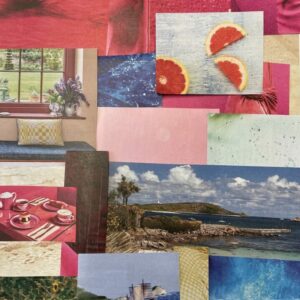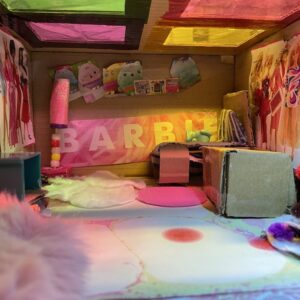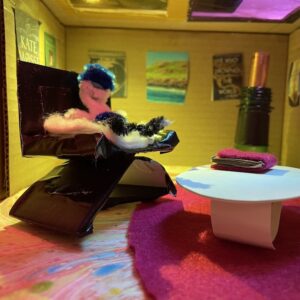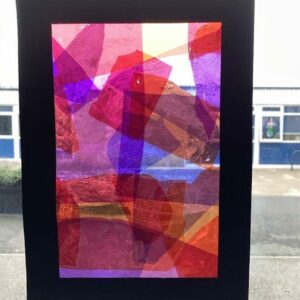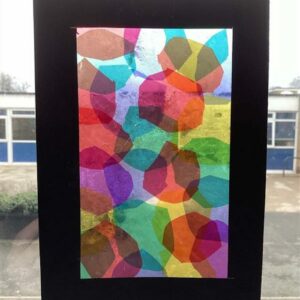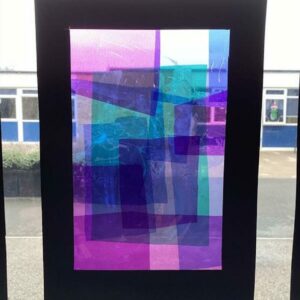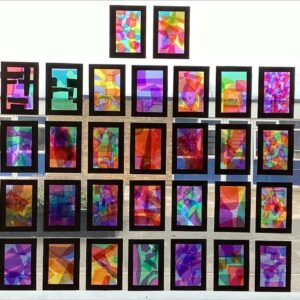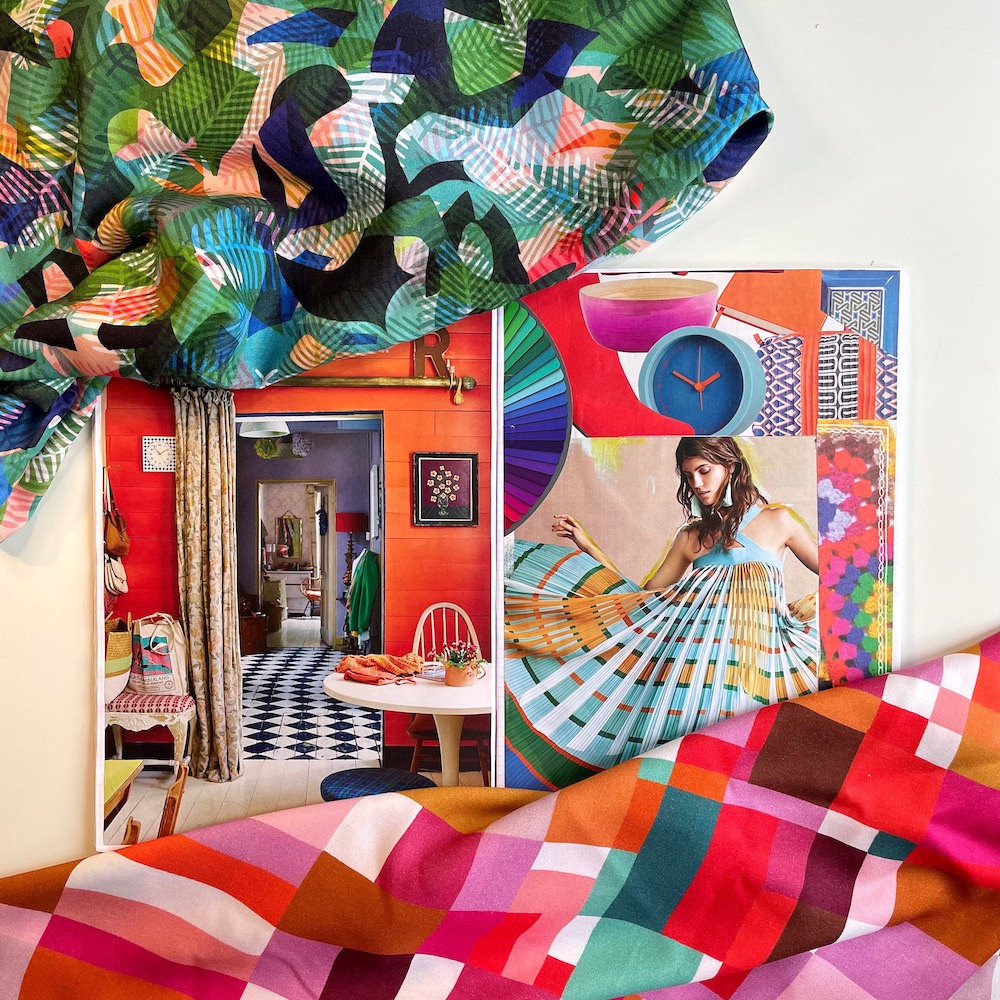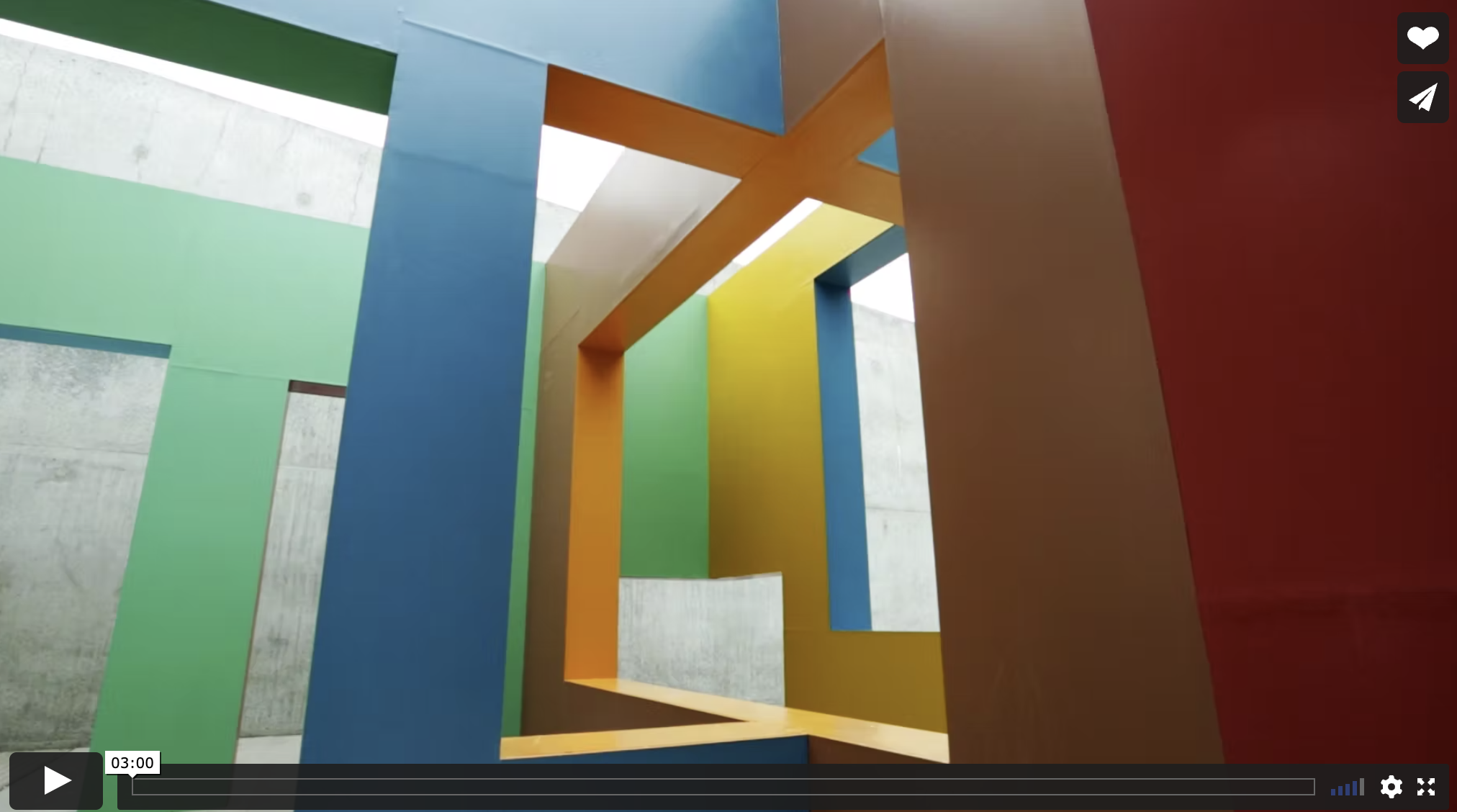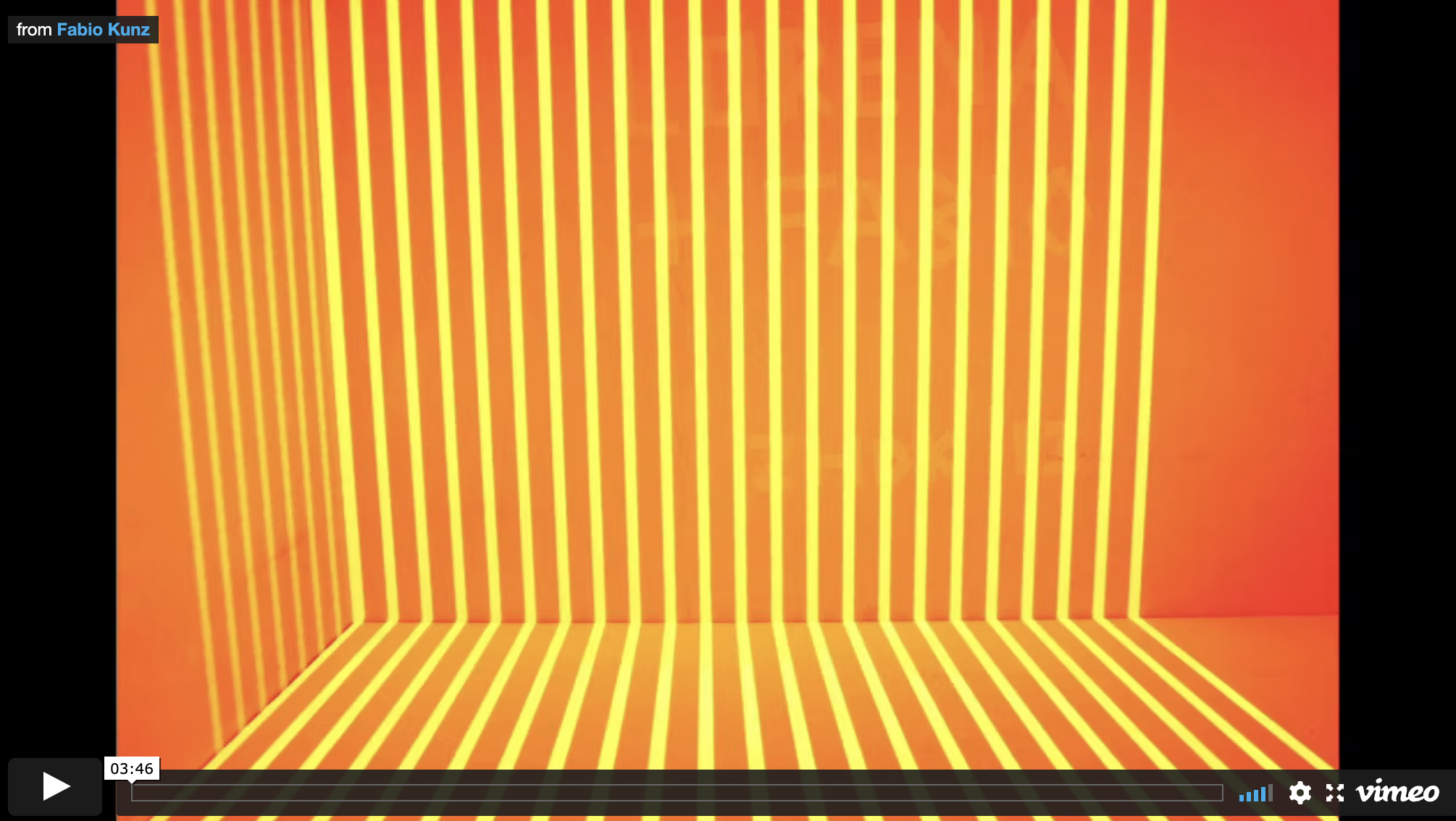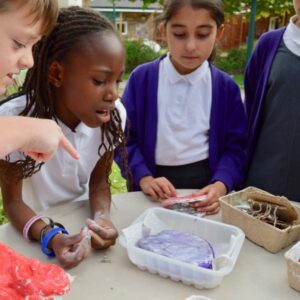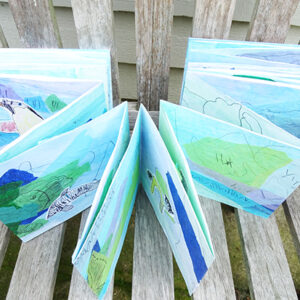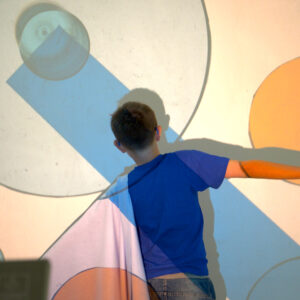Pathway: Brave Colour
Pathway for Years 5 & 6
Disciplines:
Installation Art, Sketchbooks
Key Concepts:
-
That as humans we react emotionally to colour.
-
That artists can create immersive environments using colour, light, form and sometimes sound to create a transformative experience for others.
-
That we can use colour in a brave and inventive way, trying new colour combinations and exploring the relationship between colour and form.
-
That we can test ideas, use our imagination, and share our vision with others by creating 2 and 3 dimensional models.
In this pathway pupils are enabled to explore colour in a very personal and intuitive way.
Taking inspiration from artists who use colour, light and form to create immersive installations, pupils are encouraged to create (propose) their own art work. They are enabled to imagine “what if…?” and encouraged to share their vision or imagining with others through mock-up artworks and models.
Recognising pupils growing ability to articulate their thoughts, and understand that we can use art to bring people together through sharing common experiences, such as how our bodies and minds react in certain colourful environments, pupils are empowered to create their own response to simple sculptural challenges.
Pupils use sketchbooks throughout to record, test and reflect.
Medium:
Paper, Card, Paint, Light (coloured filters)
Artists: Olafur Eliasson, Yinka Ilori, Morag Myerscough, Liz West
If you use this resource in your setting, please tag us on social media: #InspiredBy @accessart (facebook, twitter) @accessart.org.uk (instagram) and share the url. Thank you!
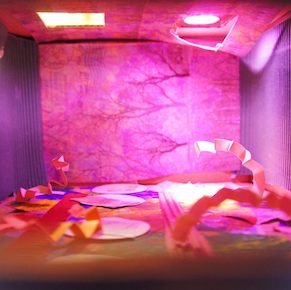
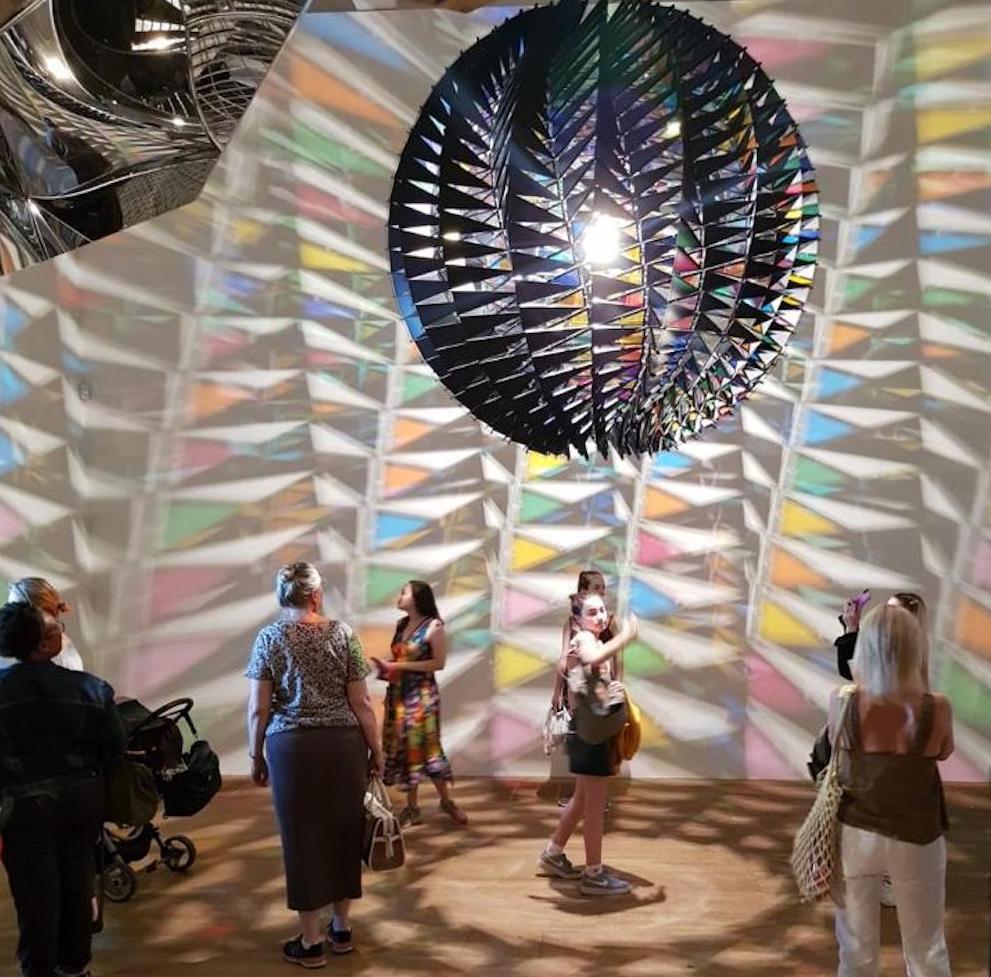
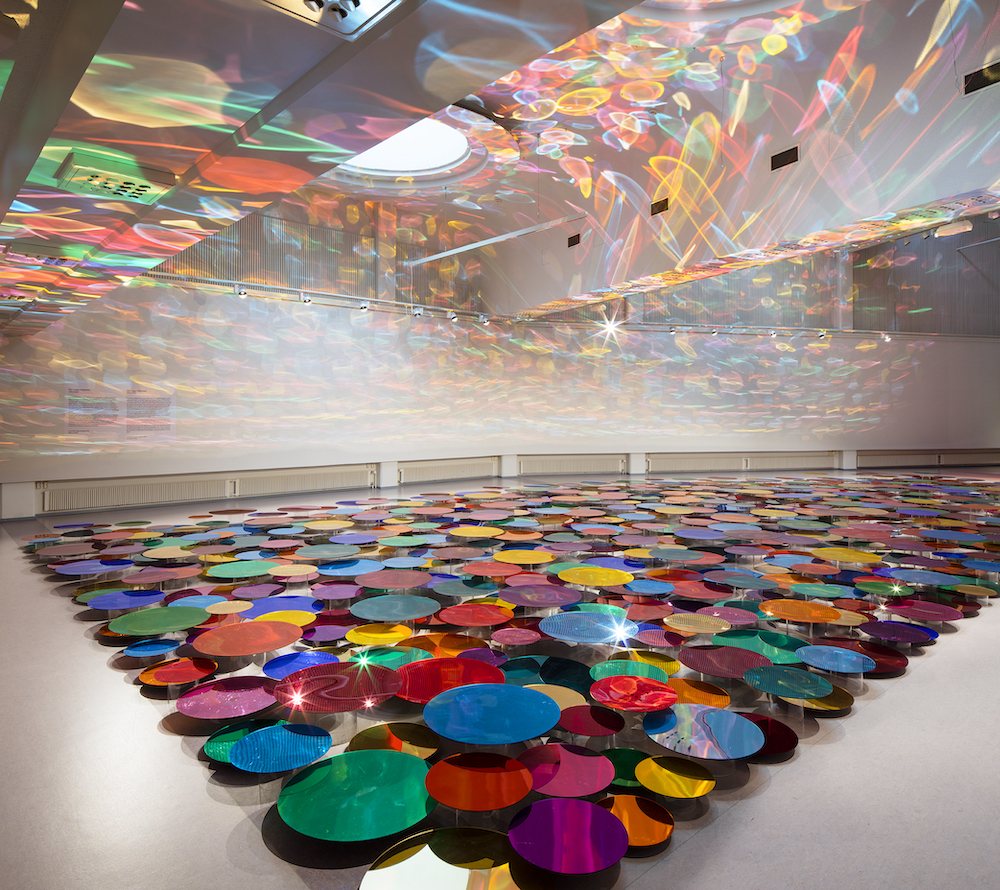

Teaching Notes
Find the MTP for this pathway here.
Curriculum Links
Science: Light, shadows.
PSHE: Collaboration, Peer Discussion.
I Can…
-
I have explored the work of installation artists who use colour, light and form to create immersive environments. I have been able to imagine what it might be like to be in those environments, and to share my thoughts with others.
-
I can respond to a creative challenge or stimulus, research the area, and make a creative response.
-
I can create a 3d model or 2d artwork which shares my vision with others.
-
I can use a sketchbook to focus my exploration of colour, taking time to record thoughts, test ideas and reflect.
-
I can take photos of my artwork, thinking about focus, lighting and composition.
-
I can present my ideas and vision to others, articulate my thoughts and listen to the response of my classmates, taking on board their feedback.
-
I can listen to the creative ideas of others, and share my feedback about their work.
Time
This pathway takes 6 weeks, with an hour per week. Shorten or lengthen the suggested pathway according to time and experience. Follow the stages in green for a shorter pathway or less complex journey.
Materials
Selection of papers, elastic bands, cardboard, soft pencils, coloured pencils, oil/chalk pastels, water colour paint, inks, acrylic or ready mixed paint, brushes, collage papers, PVA glue, scissors.
Option 1: Mini World Light Boxes- Cardboard boxes, pencils, felt tip pens, sharpies paper/card, junk modelling materials, torches, marbling materials, paper, marbling inks, sticks for mixing, trays, PVA glue, scissors.
Option 2: Sculptural Challenge: Colourful Walls and Option 3: Sculptural Challenge: Light and Form – Construction Materials (see list here).
See the Pathway Used in Schools...
